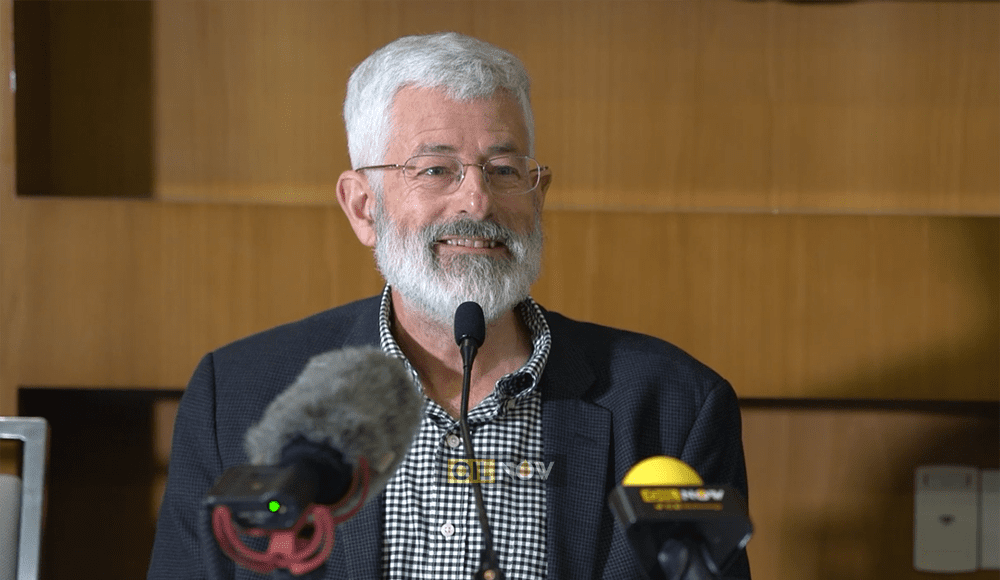Since 2015, Guyana has gone from having no known oil resource to a massive 8 billion plus barrels of oil equivalent with 16 discoveries at the giant Stabroek Block, 2 at the adjacent Orinduik Block and 1 at Kanuku.
All this comes after decades of dry holes and disappointments that saw a number of companies exit empty-handed with one oil major selling its interest for US$1 just before the world class Liza discovery in 2015.
Dr. William Heins, a Geologist and Management Consultant at Getech – a UK-based data and consultancy firm – says the discoveries made off the Guyana coast to date are a sign of more exploration success to come.
Asked what is his takeaway from the record number of discoveries which have been made at the Stabroek Block, Heins said, “You have a lot. There’s a boatload of hydrocarbons there. That’s the most important takeaway and I think the discoveries to date have substantiated that and there is every reason to expect that you would continue to have exploration successes in this particular area.”
Heins, who delivered a presentation at GIPEX on exploring the equatorial Atlantic margin – chasing the conjugate mirror, said explorers have been excited about coming to South America because of the success in Africa.
He said the Zaedyus discovery in the Guyane Maritime licence operated by Tullow Oil off the French Guiana coast in 2011 reignited excitement, with many thinking that the success of the Jubilee discovery in Ghana would be replicated on the South American continent.
“Then there was some disappointment when four subsequent wells failed to substantiate a field as big as Jubilee. But then, with Guyana’s success; I think it has flipped the paradigm so that now it should be the Africans who are excited about the success on the South American side and people should be excited about going to Africa because it has been successful here in Guyana,” he pointed out.
ExxonMobil, operator at the Stabroek Block, has began producing oil from the 120,000 bpd Liza Phase 1 development. The company is also pursuing multiple drill targets on the 6.6 million acres block in search of more crude. Already, Liza Phase 2 has been approved targeting a potential start-up by 2022, while a 3rd development at the Payara field could begin producing oil by 2023.



